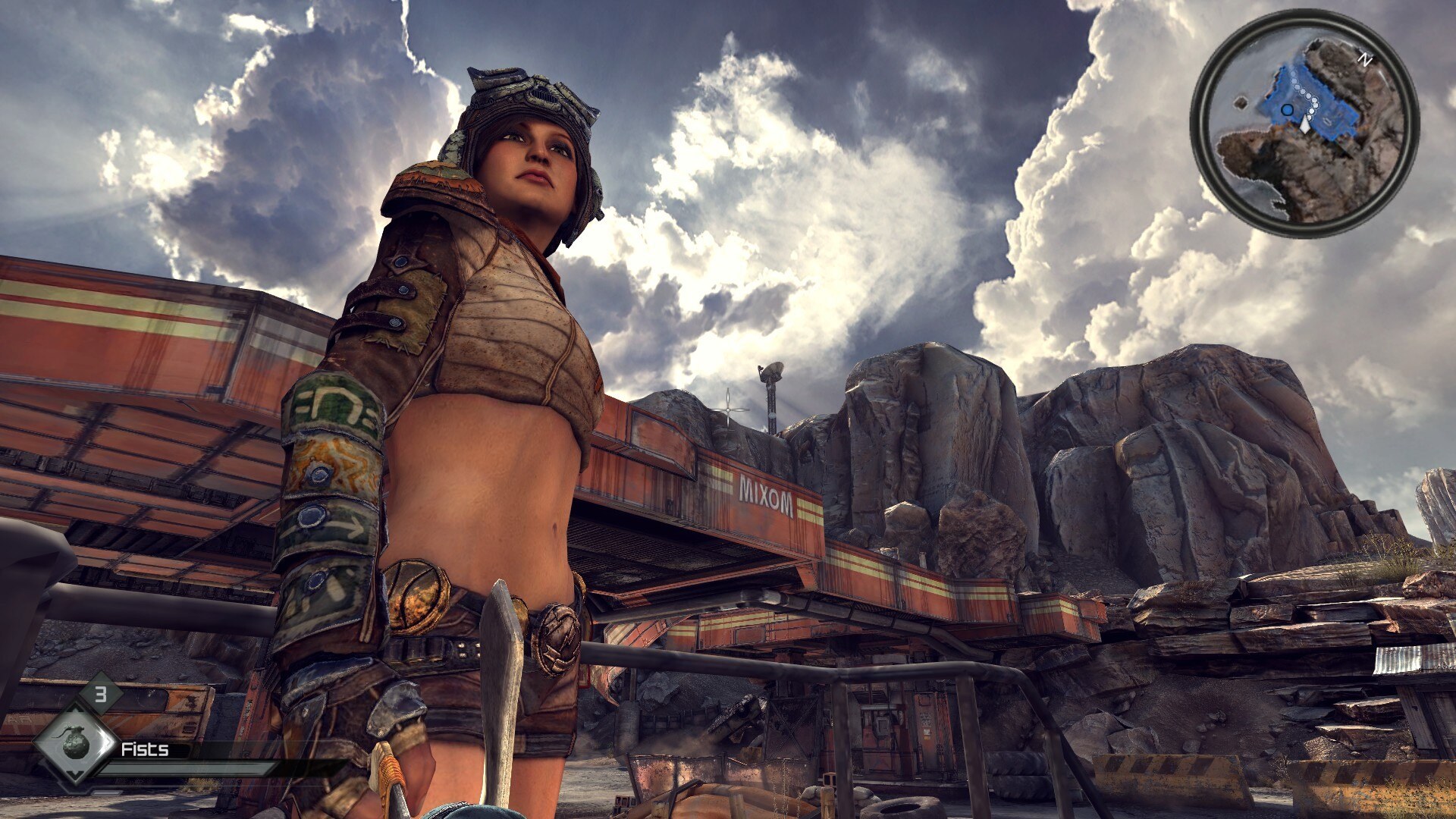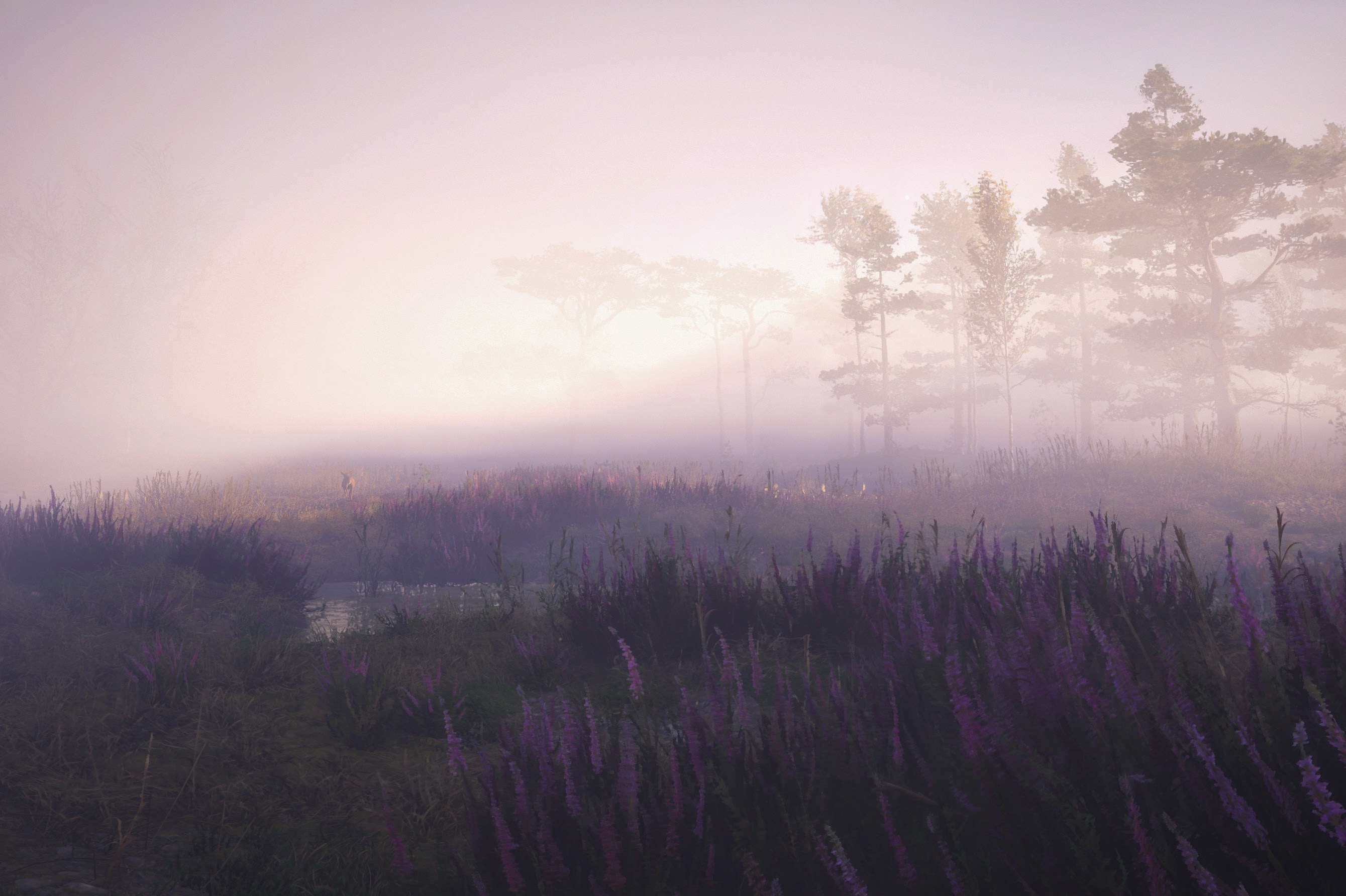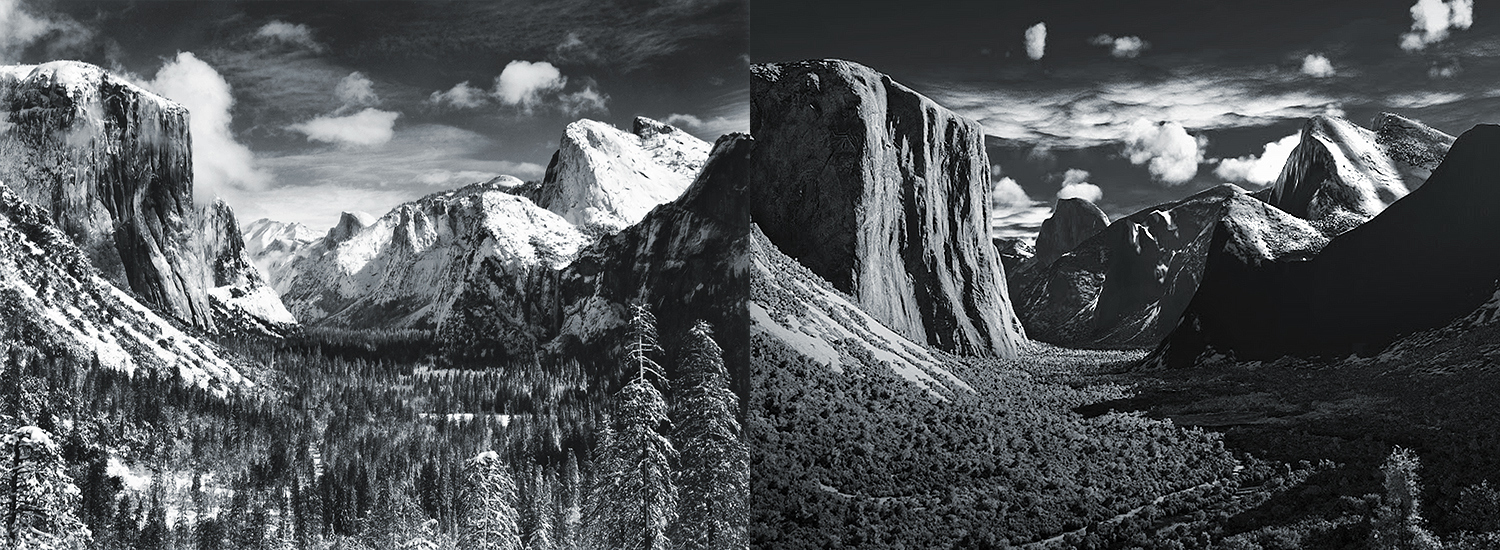“Every experience is a form of exploration.”
― Ansel Adams
Ansel Adams was one of the most influential photographers of the past century. To many, his name conjures up images of Yosemite (pictured above), El Capitan, Half Dome. He breathed new life into extraordinary landscapes, and used his art to raise awareness of environmental conservation. He helped establish photography as an artform worthy of museums, and even developed new techniques which are still in use today.
How apt, then, that his name be used within a burgeoning new field of photography—one that allows people everywhere to explore fantastical environments in brand new ways, and capture moments that would otherwise be fleeting.
NVidia Ansel is one of a growing number of tools allowing video game players to delve into their favourite worlds, offering them a range of photography-inspired features to explore landscapes, explore creativity, and explore the medium of photography itself in a brand new way.
While it is a relatively new concept to put the power of video game (or virtual) photography into the hands of everyday players, the practice itself has been going on for many years. Recently, Head of Creative for 343 Industries Joseph Staten (previously of Bungie) took to Twitter to relive a moment from 1999, in which he had to create a screenshot for a magazine cover story celebrating the original Halo’s planned reveal at MacWorld.
With only 4 weeks to go until the launch of #HaloInfinite and the 20th anniversary of @Halo, each week, I thought I'd share a different early memory and behind-the-scenes story from Halo: CE development, starting with this screenshot. 1/8 pic.twitter.com/0Yk3rZUOQA
— Joseph Staten (@joestaten) November 8, 2021
Staten worked within a special build of the game that allowed him to control the actions of every character—recording their movements one by one and playing them all back simultaneously before pausing to capture the perfect scene. It’s a very interesting read, and lets you imagine how special solutions would have to be created for each game in what was still then a young industry finding its feet.

In 1999, Staten had both more freedom, and more restrictions, than players trying their hand at virtual photography today. On the one hand, he had access to the game’s source code, which allowed him to position everything in the scene exactly how he wanted it (albeit painstakingly in this case). His process was akin to creating still life photography, as opposed to Adams’ famous style of capturing what, as he stated, God put in front of him. Without that deep access to the game’s inner-workings, players must work with what they have—what the game’s artists put in front of them. However, year-on-year, the tools for players are expanding as the artform gains more momentum. They don’t have development access to the game, but developers are building in features specifically for them. For Staten, despite his greater access to the game’s technology, trying to do it in 1999 was his real restriction.
Nowadays, more evolved 3D software allows developers a much greater level of control. Prior to NVidia Ansel, unofficial game modifications (mods) have put that kind of power into the hands of PC players before, with early examples such as Garry’s Mod opening up the world of Half-Life as a toolkit, or playground, for players. Valve themselves took that one step further in 2012 and officially released Source Filmmaker - a free piece of animation software that enabled players to create films using the same tools used for Valve’s own official cinematics and ads. This fostered a passionate community which is still going strong today. Valve also integrated screenshot features on their Steam platform, opening the door for user-generated content to be seen alongside the games they were created in on a hugely popular storefront. Essentially, Steam was using its own market-leading install-base to create a whole treasure-trove of marketing materials for the extremely alluring price of... nothing.

RAGE (2012) - VP by Ben Roberts
It was perhaps this moment which made Developers and Publishers sit up and start taking notice. Clearly, the better the tools provided to players, the better these screenshots could look, and by extension, the better they could sell the games. But arguably it wasn’t until the launch of the PS4 (which coincided with a massive surge in the popularity and acceptance of gaming in the mainstream) that virtual photography really started its ascent.
Whether it was mandated by Sony themselves, or whether a lot of development teams had the same idea at the same time, it seemed as though most, if not all, of Sony’s first party releases on the PS4 included some kind of “Photo Mode”. The DualShock 4 controller even included a dedicated Share button to allow people to instantly capture and share screenshots and videos online.
The ability to pause the game and compose the perfect shot gave budding artists and photographers an unrivalled freedom of creativity within the gaming space. Microsoft Flight Simulator for example, has incredibly deep customisation, and includes photogrammetry of the entire planet Earth. It could have been a landscape photographer like Ansel Adams’ dream tool, even if just used for planning a real expedition. Star Wars Jedi: Fallen Order goes a step further and even lets players place their own lights!
IT'S ALL ABOUT THE DETAILS...
Different games have different photography features, and effects traditional photographers take for granted such as depth of field and motion blur vary greatly depending on the game engine (They're very heavy on the GPU). Where Virtual Photography can push the boundaries is in the things that traditional photography can't do:
Assassin’s Creed Origins / Odyssey / Valhalla
The most recent trio of Assassin’s Creed games have each had fully featured photo modes to help players capture the beauty of the games’ scenery and lighting. It’s one of the best-in-class in that regard. Where it offers something more, is that photos are also saved on the in-game map, along with a selection of community favourites, allowing for discoverability and a really interesting way of revisiting your own collection. Beware of spoilers though!
Horizon Zero Dawn
Horizon Zero Dawn was one of the first games that allowed players to choose from a number of different poses, facial expressions, and change the time of day and weather. These features have now become a staple in the best photo mode implementations.
Ghost of Tsushima
Ghost of Tsushima added a whole range of customisable animated particle and wind effects, allowing for the possibility of “living photos”, or an extra layer of creative possibility and control when producing still imagery.
Microsoft Flight Simulator
Microsoft Flight Simulator gives players the power to fine-tune the weather, including atmospheric pressure, height and density of multiple cloud and fog layers, temperature, wind and precipitation. Time of day and date can also be adjusted, down to the minute, to reproduce accurate real-life sun and moon positions for the perfect lighting. Need the sun to rise in a slightly different spot? Jump back in time a few months!
The technology available to players today is fantastic, with NVidia Ansel bringing a full photography toolset to PC games, even when developers have not had the time to build bespoke photo modes. However, a topic which is constantly under debate within virtual photography communities is the modern-day equivalent to the classic “What is art?”. The question is two-fold in fact - “When does a screenshot become photography?” and “Who is the artist?”. Luckily, Adams has some words of wisdom:
“Sometimes I do get to places just when God's ready to have somebody click the shutter.”
―Ansel Adams
“Dodging and burning are steps to take care of mistakes God made in establishing tonal relationships.”
―Ansel Adams
“The shutter” in virtual photography, is like the Share button on a controller. The player didn’t create the environment in the game any more than Adams created Yosemite Park. But being an artist is about seeing the potential in a scene and making a decision to capture it there and then.

The player could have paused the game a moment earlier, or a moment later. They could have taken a step to the left, three steps to the right. They could have jumped, or drawn their weapon, but they made a conscious decision to pause it at that very moment, in that very way. They also then positioned the camera to frame the scene, changed focal length, aperture, focus, a whole plethora of settings, and all that creative thought is what makes them the artist responsible for the image.
Of course, this is by no means to say that the talented teams creating the games and environments are not artists. Everything in the scene is hand-crafted (or procedurally generated, but that’s another blog post) with care and attention, much like Adams believed God created the landscapes he photographed. But the image? That is the work of the photographer. And the ‘tweaking’ within the game, whether that be colour filters, or even reposing a character. That’s just an amped up dodge and burn—post-processing at a granular and temporal level, enabled by technology.

If there was any argument that virtual photography wasn’t “proper” photography (parallels can be drawn to how digital photography used to be looked down upon) this was quashed at The Photography Show in 2019. One of the exhibitors, proudly displaying artwork alongside the likes of Canon and Nikon, was GamerGram—an Instagram and Twitter-based community of virtual photographers. Work from the GamerGram community has also featured in the likes of Digital Camera World and Le Monde.
What started as a way for developers to produce images to promote their own games, has blossomed into its own truly accessible artform. Whether you consider it to sit within the world of photography, or a new medium alongside it, when you start delving into the world of virtual photography, there’s no denying that it’s art.
Depending on the game, it can be heavily stylised in a way traditional photography can't, or likewise, it can be almost indistinguishable from a real photo. Despite initial appearances for example, the image at the top of this blog is not one of Ansel Adams' famous photographs, but was actually taken by me. Inside a video game.

Right: Microsoft Flight Simulator (2021) - VP by Ben Roberts
When seen side by side, the differences are clear. However, without that context, it's much easier to believe the in-game world is real. As resolution increases, graphics become even more photo-real, and development pipelines improve, this artform is ready to hit the mainstream. It wouldn't surprise me for example, to see it used more and more in not only art showcases, but marketing, both digitally and in print, which is exactly where it all began!
With new releases such as Horizon Forbidden West and Forza Horizon 5 now taking full advantage of the power of the PS5 and Xbox Series X systems, and the constant evolution of tech and tools in the PC space, the art that comes out of the Virtual Photography communities is only going to get better and better. The future is looking very impressive indeed, and I for one, can't wait to see where it goes.
You can view more of Ben's work on his Instagram page, tisben.vp




